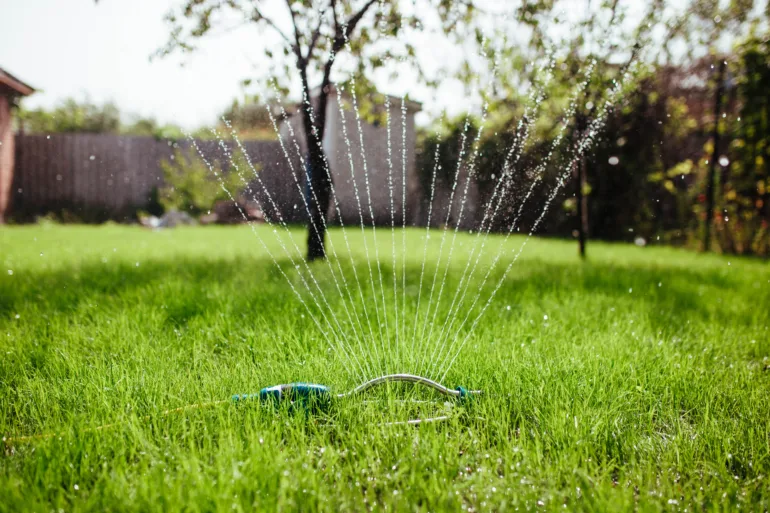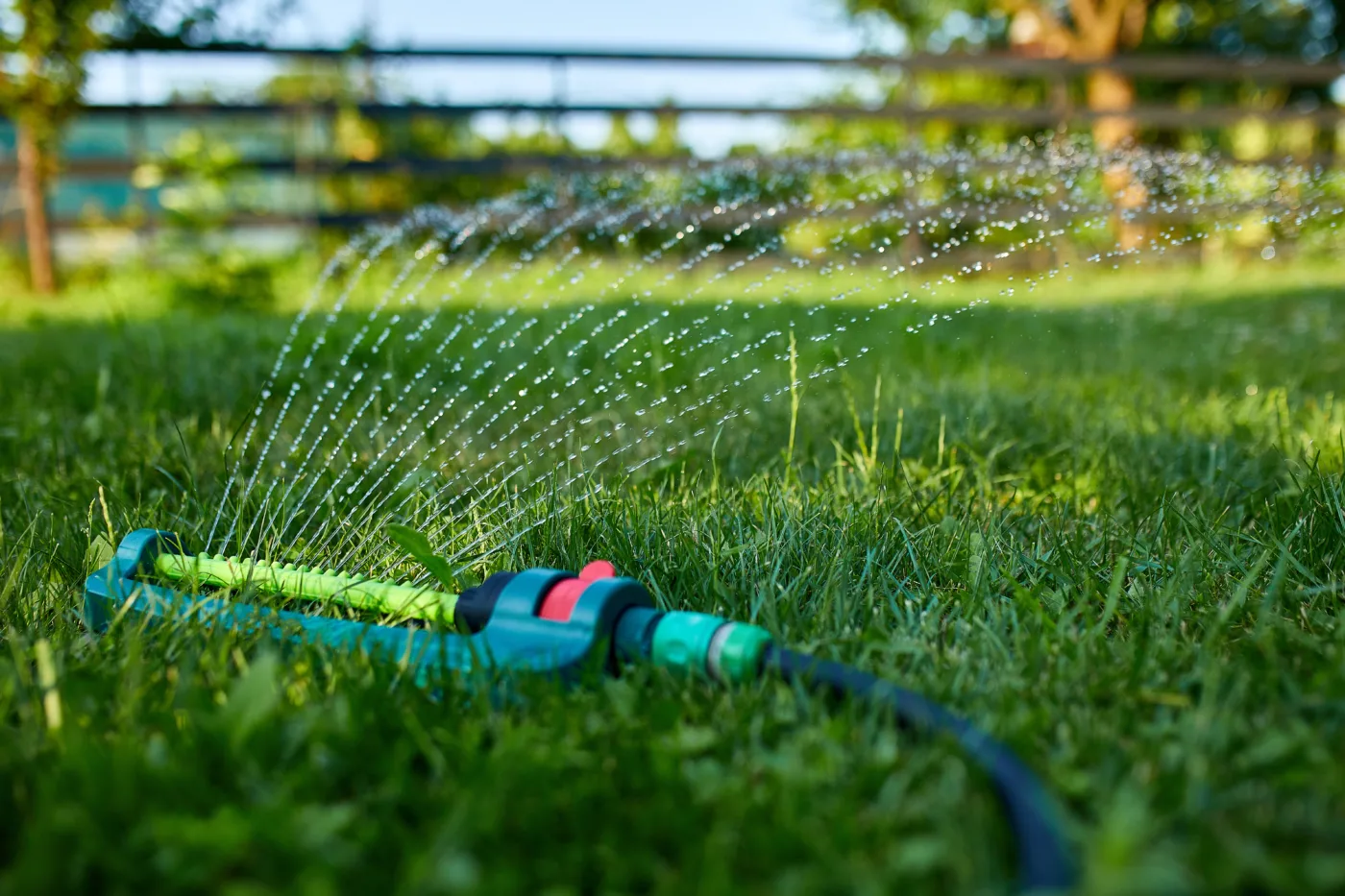If you water your lawn every night because “the neighbor said so,” prepare yourself for a new world of enlightenment. The truth is: watering your lawn isn’t about a schedule, it’s about feeling—and understanding what your lawn is telling you. And no, this isn’t New Age philosophy, but proven gardening science that can tell the difference between nature’s bedroom and the dried-out carpet of suffering in front of your house.
Below we reveal why an hour watering grass decides on the health of the grass, how to check if it is really "thirsty", how much water is enough and how to save on the water bill.
How do you know when it's time to water your grass?
First: forget the schedule. Watering on Tuesdays and Fridays at 7pm may be great for your Netflix, but not for your grass. Grass needs water only when he really needs itAnd that's when she shows you signs of distress:
- Your footprints remain as follows on the moon.
- Leaves curl or fall off – which is a defense mechanism against evaporation.
- The grass loses that lively “snapback” effect when it no longer bounces after a step.
These are its silent cries. And if you ignore them, it will soon burn more than French fries in the sun.

The best time of day to water your grass – morning is golden
When you finally realize it's time to water, don't grab a tube at sunset. The best time to water is early in the morning., ideal before 10 o'clock.
Why? Simple:
- Less wind means that the water lands where it needs to.
- Lower temperature reduces evaporation.
- The sun dries the leaves during the day., which prevents the development of mold and disease.
Watering in the evening is the quickest route to mushroom disaster. Water on leaves overnight means a wet party for fungus. And believe me – fungus is not a guest you want at a party.

How much water is enough?
Surprisingly: Most people water their lawns too much.Yes, you too with the new automatic system.
The goal is clear: well-drained soil to a depth of 15 cm. Why? Because it encourages deeper roots, which then find water even during dry spells. Shallow watering means shallow roots – which is a recipe for drought tragedy for grass.
Every soil absorbs water differently – clayey slower than sandy, so you will need to test. Take a stick or screwdriver, check how wet it is and adjust the watering time. Important: slowly but deeply.

Top tricks for saving water (and money)
Not only will your lawn be healthier, but so will your your water bill will be healthierif you follow these tips:
- Increase the cutting heightthat the grass provides shade to its own roots and retains moisture.
- Do not remove grass clippings – leave them as a natural mulch.
- Get rid of weeds, which steals water and nutrients.
- Use adjustable sprinklers, which do not water the sidewalk.
- Smart irrigation systems they can “think” with you – or even better.
Conclusion: Water smartly, not automatically
Your lawn isn't thirsty every time you think it is. Learn to watch for the signs, water it only when necessary, and at the right time of dayThis way you will save water, prevent diseases and have that green "wow effect" in front of your house that all your neighbors secretly admire.
Sometimes lawn care is less about "more" and more about "right."





